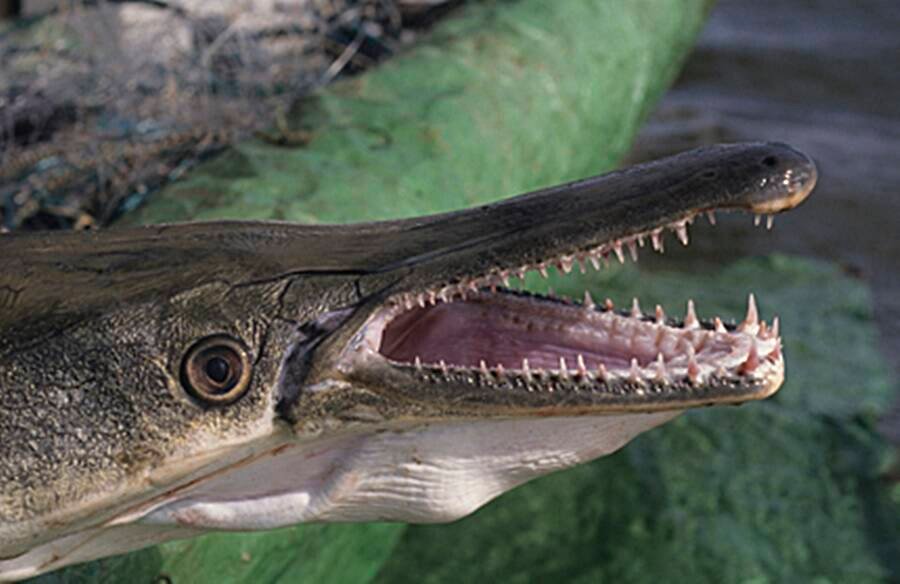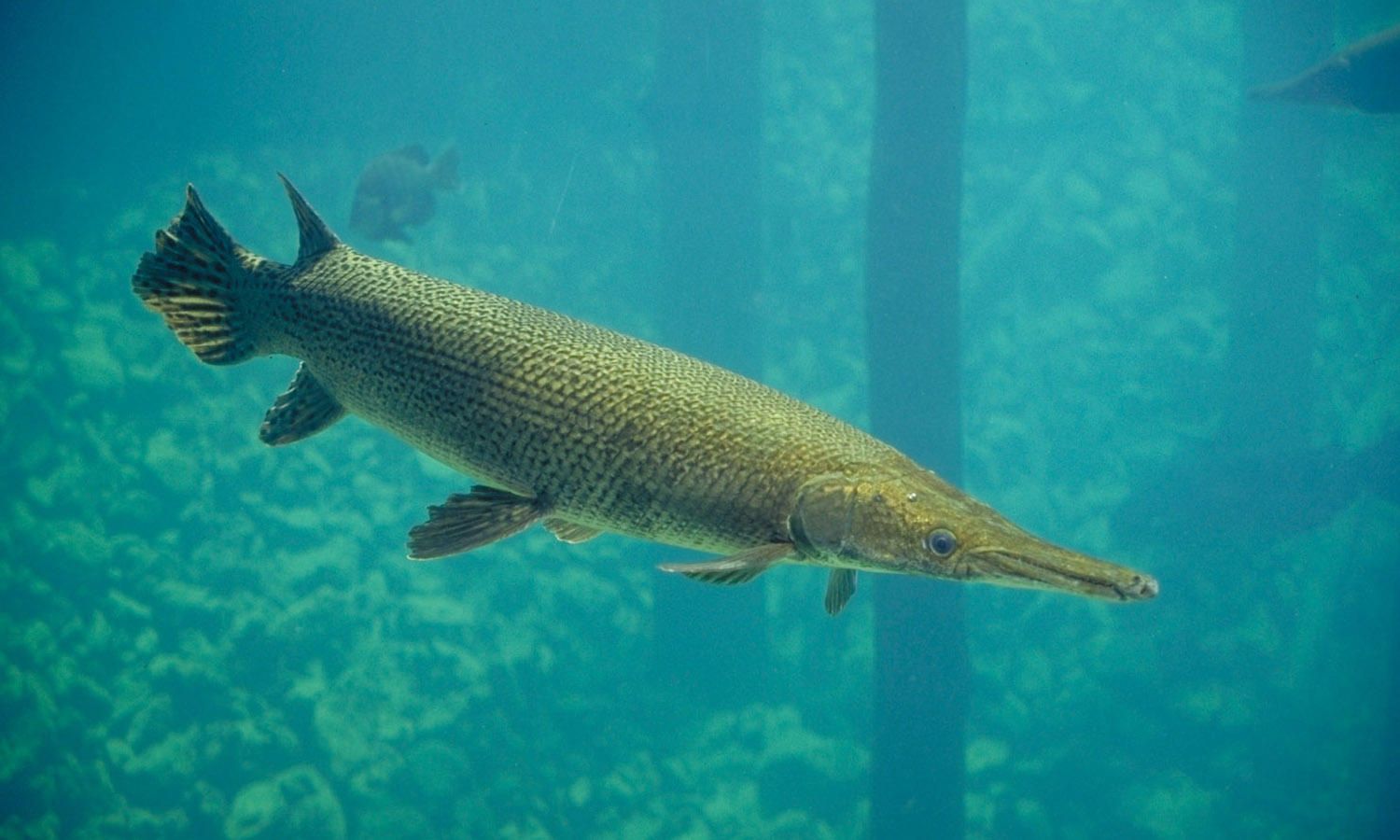As one of the oldest living species, the Alligator Gar was called the "trash fish" for most of the XX Century because they were exterminated from underwater. It was popularly believed that the Alligator Gar was a pest that damaged nets.
But later, it came to light that the animal was, in fact, the real deal. It is up to 350 pounds and measures up to 10 feet. It is the largest freshwater species in North America and stays in the water most of its time.
The recent years have been a series of transitions in the reputation of the Alligator Gar. It has also become a prized catch for the wrangler in real life. Learn more about the oldest living creature and the largest freshwater species in North America.
What Is An Alligator Gar?

Biologically speaking, the Alligator Gar is a ray-finned euryhaline fish. It is close to the bowfin and is the biggest member of the gar family. It is also the largest fish living in the freshwaters of North America.
According to the fossil records, the gar family belongs to the Early Cretaceous over 100 million years ago. They used to be called primitive fishes or living fossils. They've retained the morphological characteristics of their forefathers. They have the shark's digestive system and a spiral valve intestine.
The Alligator Gar got its name from the resemblance with the American alligator because of its sharp teeth and broad snouts. As per anecdotal records, it can grow up to 10 feet in length.

Alligator Gars are torpedo-shaped with faded colors of brown or olive to a yellow ventral surface. They have ganoid scales that differ from the scales of other fishes. These rhomboidal, bone-like scales cover the whole animal. The Alligator Gar, however, differs from other members of the gar family.
Their scales are impenetrable and protect the Alligator Gar from falling prey to other animals. Their upper jaw has two rows of large and sharp teeth that can spear and catch prey. They stalk and trap the prey, mainly the piscivores, and eat waterfowl and other mammals they come across on the water's surface.
Evolution Of The Alligator Gar

The Alligator Gar was originally called Lepisosteus spatula in 1803 by Lacepede. It was renamed by E.O Wiley in 1976 and was called Atractosteus spatula to distinguish two different species of gars.
The fossil records from Europe, Africa, India, and North America belonging to the Cretaceous to Oligocene periods, show that the Lepisosteidae was the only living family with seven species of the gar family. They span from North to Central America.

These records acquaint you with the Alligator Gar's origin back in the Early Cretaceous period over 100 million years ago. Although the gar was an exponentially evolved species, people still called them the primitive fishes. This is because they derived the morphological characteristics of their early ancestors.
They have a spiral valve intestine, a heterocercal tail, and a swim bladder lung that helps them breathe in air and water.
Feeding Behavior Of The Alligator Gar

The Alligator Gar has a passive nature and indeed is a slothful fish, but it is an ambush predator. They find their opportunity at night to grab their prey, mainly the piscivores. However, they even trap waterfowls, turtles, and other mammals.
Usually, they float a few feet beneath the surface and grab their opportunity to ambush their prey. They initiate and get hold of their prey in a sweeping motion and impale it using all their rows of sharp teeth.
Studies have revealed that Alligator Gars are opportunists. They ambush piscivores and scavengers depending on their availability. Sometimes, they feed on other fish and primarily feed on forage fishes, invertebrates, and waterfowl. But the brackish water populations feed on blue crabs along with the hardhead catfish.
Habitat And Biology

The Alligator Gars are found in the coastal estuaries in Alabama and its major rivers and large streams. These species were collected in the Conecuh River sites bought about by moderate current along with sand and gravel substrates.
Additionally, the Mobile Delta collections are derived from brackish water at Mobile Bay. The current was slow, and the fish were bought about by substrates made of silt and mud. The spawning for other species of gars occurs during the spring.
Importance To Humans

Humans go fishing in the southern states, and they've even fished for the Alligator Gar for commercial purposes. They've even bow-fished. The animal's meat is worth more than a dollar or pounds locally. Although there is a bow fishery by the Rio Grande River, it is not categorized as sport fish.
But it was classified as sport fish in Alabama, and they allowed two fish per day, making commercial fishing illegal in Alabama. The gar family is indeed an essential part of the ecosystem important to maintain the ecological balance.
Danger To Humans

The large size and dangerous teeth of the Alligator Gar make it efficient enough to cause severe injuries to fishers or swimmers. However, no evidence of attack by Alligator Gars has been recorded yet. Additionally, their eggs are poisonous and can cause severe problems to the health of humans.
Final Words

The Alligator Gar is an endangered freshwater species. It has been uprooted from several outer areas of the country. Research done for the provinces of Alabama, Louisiana, and Mississippi reveals that the animal is vulnerable to overfishing.
It is now considered endangered in Missouri, Illinois, Arkansas, Kentucky, and soon to be in Tennessee. So, the authorities must take the necessary measures to conserve the remaining numbers.
It is a rare species that is the oldest living creature and the largest freshwater mammal in North America.



